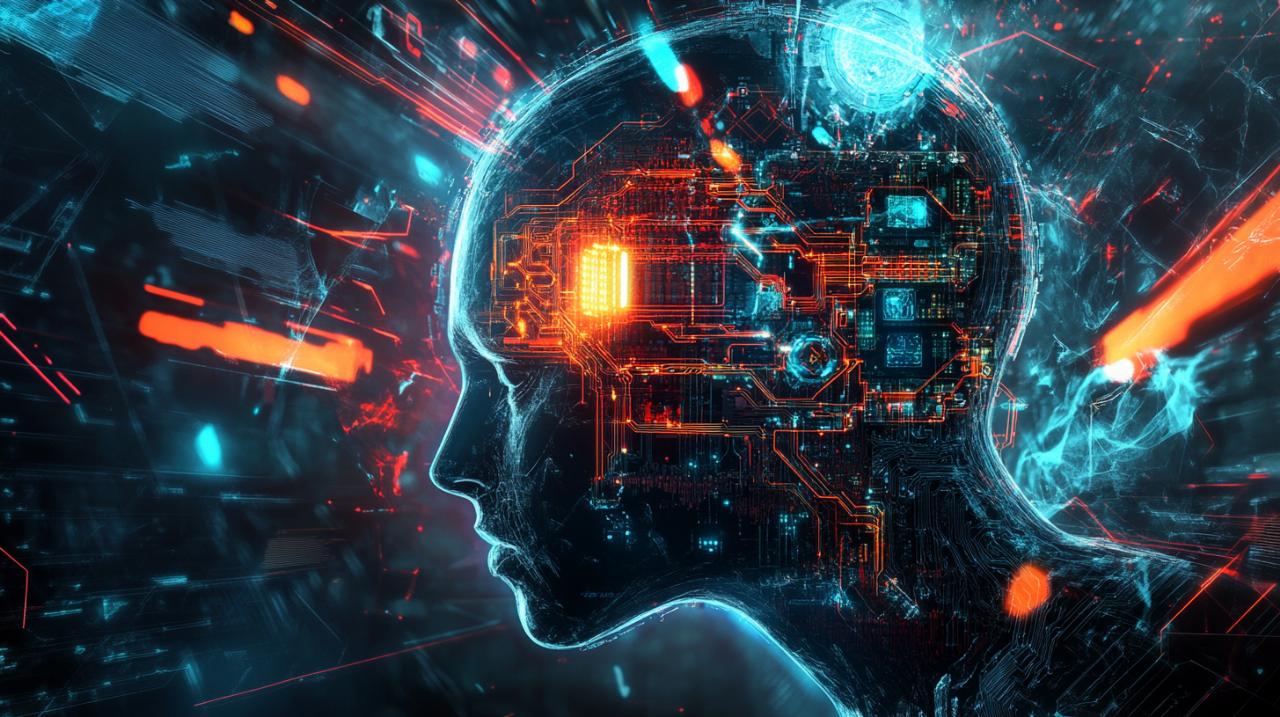Graphics Processing Units have revolutionized the neural network landscape by transforming the speed and efficiency of deep learning computations. Their unique design enables rapid processing of complex AI models, making them indispensable in modern machine learning applications.
Gpu architecture and neural network processing
Modern GPUs contain thousands of specialized cores working simultaneously, setting them apart from traditional CPUs. Their design revolutionized the computing world since the release of the GeForce 256 in 1999, marking the birth of dedicated graphics hardware.
Core components of gpu processing units
The architecture features specialized CUDA cores and Tensor units, forming a robust framework where GPUs and neural nets seamlessly integrate. These components work together through high-speed memory controllers and sophisticated bus interfaces, delivering unmatched computational throughput for AI workloads.
Matrix operations and computation power
GPU designs excel at Fused Multiply-Add operations, crucial for neural network calculations. The NVIDIA H100 demonstrates this prowess with its ability to process vast amounts of data, reaching speeds up to 20 times faster than previous generations while managing thousands of parallel tasks.
Real-world impact on deep learning tasks
Neural networks have revolutionized artificial intelligence, driven by the remarkable capabilities of Graphics Processing Units (GPUs). GPUs transform the landscape of deep learning through their parallel processing architecture, enabling unprecedented computational efficiency for complex AI models. Modern GPUs like NVIDIA's H100 and A100 deliver up to 20 times faster performance compared to previous generations, making them indispensable for advanced AI applications.
Training speed comparisons between cpu and gpu
The stark contrast between CPU and GPU performance in neural network training lies in their architectural differences. While CPUs excel at sequential tasks, GPUs leverage thousands of cores for parallel computations. The NVIDIA A100, featuring 54 billion transistors, demonstrates this advantage through optimized Fused Multiply-Add operations. Real-world benchmarks show GPUs processing matrix calculations at speeds that make CPU-only training practically unfeasible for large models. The emergence of specialized frameworks like TensorFlow and PyTorch maximizes these capabilities, particularly when handling models with billions of parameters.
Scaling neural networks with multiple gpus
Modern deep learning practices embrace multi-GPU configurations to tackle increasingly complex models. The AI Supercloud supports deployments ranging from 8 to 16,384 NVIDIA H100 SXM GPUs, enabling massive parallel processing capabilities. This scalability proves crucial for training generative AI models containing 175 billion parameters. The market reflects this growing demand, with projections indicating expansion from $14.3 billion in 2023 to $63 billion by 2028. Cloud platforms offer flexible access to these resources, with options ranging from budget-friendly solutions at $2.20 per hour to premium configurations featuring H100 GPUs at $3.00 per hour.
Memory management and resource optimization
Graphics Processing Units stand at the forefront of neural network advancement, revolutionizing computational capabilities through specialized architecture. Modern GPUs like NVIDIA's H100 and A100 deliver exceptional processing power, incorporating 54 billion transistors engineered for parallel operations. These processors execute thousands of simultaneous calculations, making them ideal for neural network tasks.
Vram allocation strategies for neural networks
GPU VRAM management plays a vital role in neural network performance. The NVIDIA A100's HBM2 memory system achieves remarkable 1.6 TB/s bandwidth rates, enabling swift data access. Smart VRAM allocation maximizes resource usage while minimizing bottlenecks. Modern frameworks like TensorFlow and PyTorch implement automatic memory management features to optimize VRAM utilization during both training and inference phases.
Bandwidth management in high-performance computing
Efficient bandwidth management remains critical for neural network operations. Graphics processing units excel through optimized FMA operations and parallel processing capabilities. The rise of cloud computing platforms offers flexible GPU resources, ranging from 8 to 16,384 NVIDIA H100 SXM units. This scalability enables organizations to match computing power with specific workload demands while maintaining optimal bandwidth usage across distributed systems. Modern GPU architectures leverage advanced memory controllers and bus interfaces to maximize data throughput, supporting complex neural network computations.
